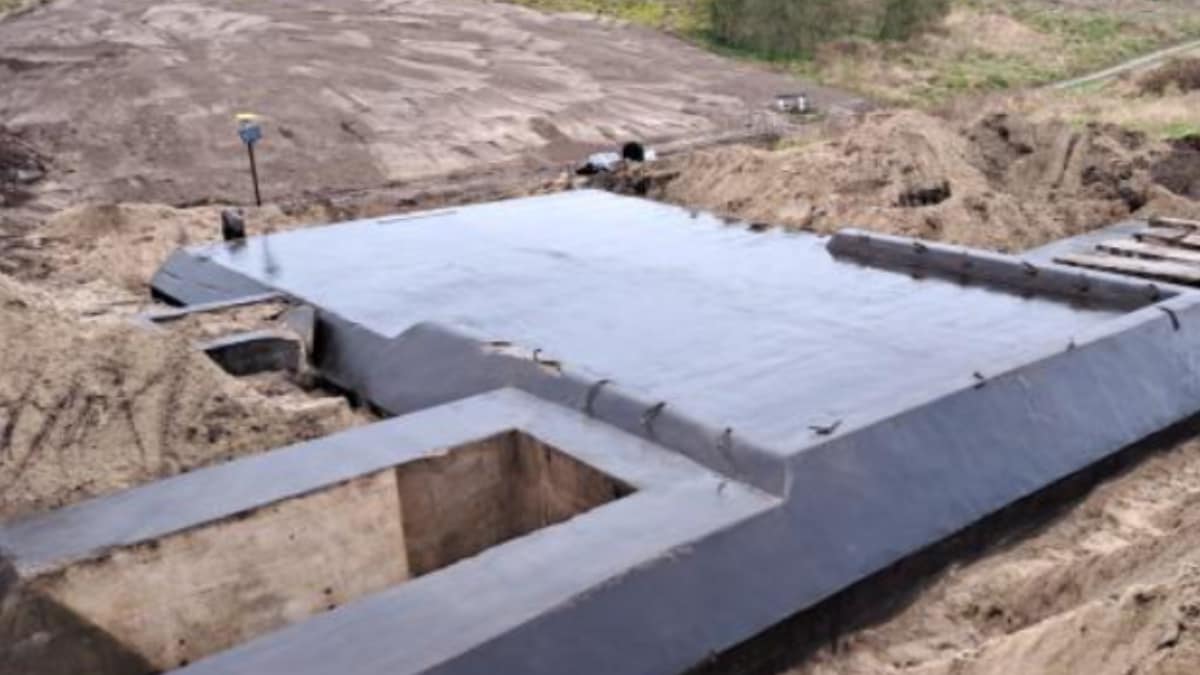[ad_1]
Last Updated:

Intact WWII bunkers unearthed during nature restoration project in Director-General Willemspark, Heist.
Nature restoration project in Belgium uncovers WWII bunkers and trenches, revealing hidden war history in Heist
Efforts to restore nature in Belgium have led to the discovery of a series of bunkers, trenches, and other remnants built by the German army during World War II. In recent months, a large-scale nature restoration effort has transformed the Director-General Willemspark in Heist, Belgium, according to an official release.
The project, aimed at restoring dunes by removing invasive plants, is part of the European initiative LIFE DUNIAS. This restoration project has uncovered unexpected remnants of World War II. Director-General Willemspark, spanning some 20 hectares, stands as an oasis amid the urban Belgian towns of Heist and Duinbergen.
Its history, marred by conflict, reveals traces of both World War I and World War II. During the First World War, the German army erected two heavy artillery batteries named “Freya” and “Augusta” in the park. These batteries comprised cannons, observation bunkers, quarters, and defensive structures, most of which were demolished post-war.
Decades later, German troops revived the military presence in Willemspark, establishing the “Stützpunkt Heyst” as part of the Atlantic Wall defense against Allied invasion threats during World War II. Aerial imagery, resistance accounts, and post-war surveys depict a formidable fortress boasting dozens of structures, ranging from ammunition bunkers to men’s quarters.
The site featured extensive barricades, trenches, and concrete roads, fortified against potential assaults from land and sea. Despite the passage of time, vestiges of this wartime past endure beneath the park’s surface. Recent excavations unearthed three remarkably intact VF2a bunkers (single chamber), constructed with one-meter-thick reinforced concrete walls and roofs.
These structures, measuring 6 by 7 meters, housed single chambers accessed through perpendicular corridors. Other discoveries include brick trenches, a fragment of a concrete track, and a well, hinting at the extensive infrastructure once concealed beneath the dunes. The excavation process also revealed substantial mounds of rubble, remnants of wartime demolition efforts.
Among the debris lie artifacts — from war utensils to ammunition — offering poignant glimpses into the park’s tumultuous past. These heaps of rubble serve as reminders of previous attempts to erase the scars of war. While lighter structures succumbed to demolition, heavier bunkers were buried beneath layers of soil, obscured from view.
However, contemporary perspectives on wartime remnants have shifted, acknowledging their historical and cultural significance. Recognising the heritage value of these relics, the nature project argues for their preservation alongside ecological restoration efforts. Following meticulous documentation, the remnants were gently enveloped in sand, safeguarding them for future generations.
[ad_2]
Source link




